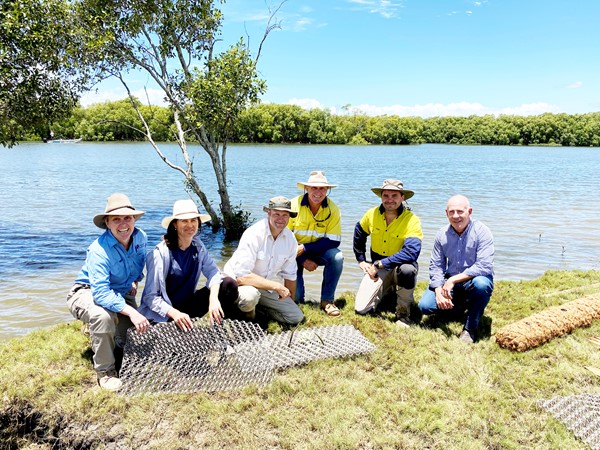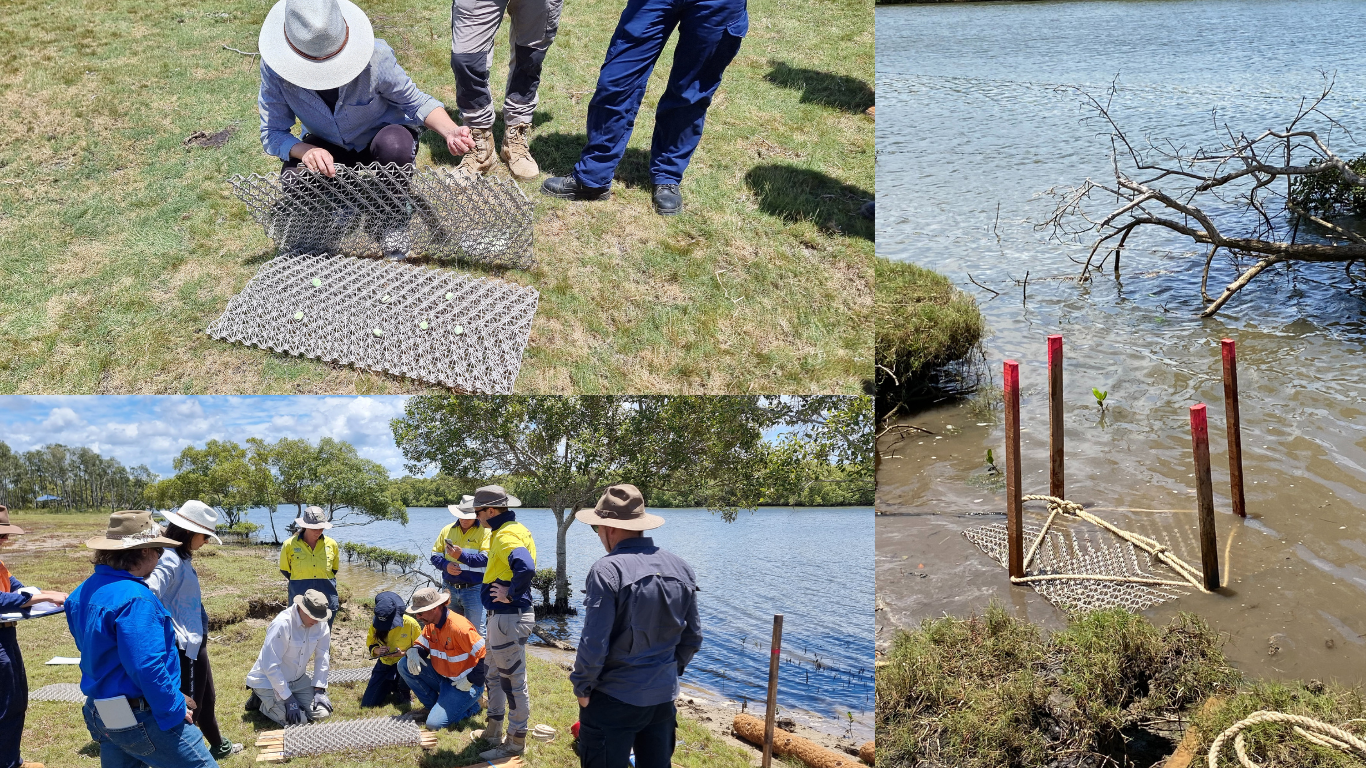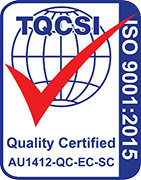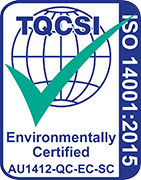
Restoring Mangroves one BESE at a time
16 February, 2023
Efforts to restore important mangrove vegetation along riverbanks have become more efficient, thanks to a remarkable product made from potato chip leftovers.
BESE-elements® are now being used to temporarily stabilise and protect new mangrove growth, improving riverbanks in South East Queensland.
Exclusively distributed in Australia by the Water & Carbon Group, the BESE-elements® are a stackable 3D matrix made from waste products, such as starch leftover from the production of potato chips. Single sheet elements click together to form a porous membrane structure that provides an establishment structure for ecosystem restoration.
The BESE-elements® are biodegradable, offering a sustainable alternative to plastics, steel and concrete and a new approach to nature restoration.
The elements create a temporary structures for organisms to grow, until they are strong enough to flourish independently. Over time, the structures break down, leaving only nature in place.
They are typically used for mangrove restoration organic structures, bank stabilisation, mussel and oyster bed creation, seaweed, and coral reed growth.
The Water & Carbon Group recently made its first sale of the BESE product to Healthy Land and Water, which is using the product for riverbank restoration on the Lower Caboolture River.
The environmental bank stabilisation project aims to increase water quality and improve fish habitat through the re-establishment of Grey Mangroves, while avoiding the use of permanent structures on the riverbank. The newly planted mangroves will help prevent further erosion, which contributes to sedimentation of the river.
Find out more about BESE elements® here.








